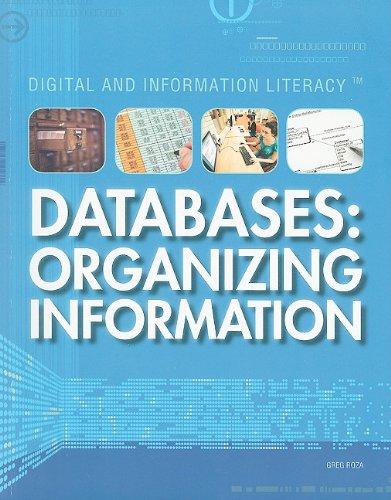Question
Hello I need help writing a c++ program. This project creates processes to add all the values. Your program should ultimately make four passes for
Hello I need help writing a c++ program. This project creates processes to add all the values. Your program should ultimately make four passes for each of the small medium and large calculations. On the first pass your program should use 1 process, the second pass 2, the third pass 4 and the final pass 8. You program should evenly divide the work between the processes.
The task will be to add up hyperbolic tangents for a series of values between 0 and 1. The summary section should discuss the results of running a single process versus multiple processes on adding the values. You should complete Table 1 and discuss your result.
The summary section should include three parts:
- Record the running time in Tables.
- Discuss your results.
- Explain all results
Table 1
|
| CPU usage time (msec) | ||
|
| Small | Medium | Large |
| 1 Process |
|
|
|
| 2 Processes |
|
|
|
| 4 Processes |
|
|
|
| 8 Processes |
|
|
|
| Calculations | 100,000,000* | 1,000,000,000* | 10,000,000,000* |
Table 2
|
| Wall clock/Calendar time (msec) | ||
|
| Small | Medium | Large |
| 1 Process |
|
|
|
| 2 Processes |
|
|
|
| 4 Processes |
|
|
|
| 8 Processes |
|
|
|
| Calculations | 100,000,000* | 1,000,000,000* | 10,000,000,000* |
Table 3
Construct a third table, of your own design that show the CPU time that each process used of completing the each of the tasks.
*Calculations shown are approximate. Your table should show the actual calculation count.
In order to get measurable results, you will need to do a large number of calculations.
The number of calculations is approximately:
Small = 100,000,000 (100 million)
Medium = 1,000,000,000 (one billion)
Large = 10,000,000,000 (ten billion)

Step by Step Solution
There are 3 Steps involved in it
Step: 1

Get Instant Access to Expert-Tailored Solutions
See step-by-step solutions with expert insights and AI powered tools for academic success
Step: 2

Step: 3

Ace Your Homework with AI
Get the answers you need in no time with our AI-driven, step-by-step assistance
Get Started


